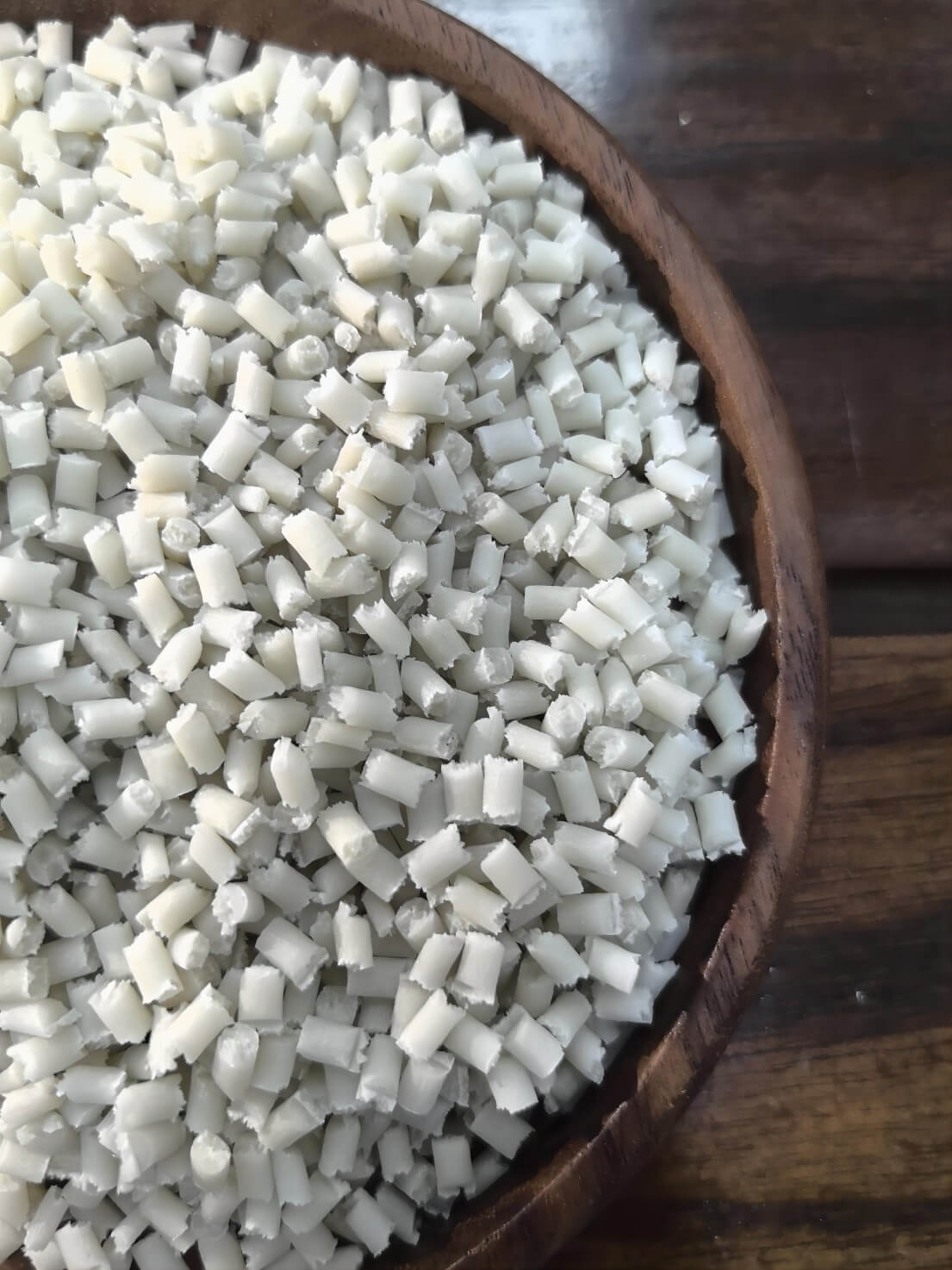A műanyaggal erősített üveg bevezetése
A folyamatosan fejlődő építészetben nagyon keresettek az olyan anyagok, amelyek ötvözik az erőt, a rugalmasságot és az esztétikai vonzerőt. A legújabb innovációk közül a műanyaggal erősített üveg - egy olyan kompozit anyag, amely az üveg és a műanyag legjobb tulajdonságait ötvözi, hogy olyan szerkezeteket hozzon létre, amelyek nemcsak tartósak, hanem vizuálisan is lenyűgözőek. Ez a cikk a műanyaggal erősített üveg sokrétű alkalmazásaiba merül el a modern építészetben, és feltárja, hogyan alakítja át épített környezetünket.
Műanyaggal erősített üveg: Az anyag áttekintése
A műanyaggal erősített üveg forradalmi anyagnak számít az építészetben. Úgy készül, hogy egy vékony, kiváló minőségű üvegréteget helyeznek két robusztus műanyagréteg közé. Ez az egyedülálló szerkezet kivételes szilárdságot és ütésállóságot biztosít, miközben megőrzi a hagyományos üveg tiszta, elegáns megjelenését. Emellett a műanyagrétegek fokozzák a szigetelést, így a korszerű épületek energiahatékony megoldásává válik.
Páratlan sokoldalúság: A design jövőjének alakítása
Ami a műanyaggal erősített üveget megkülönbözteti a többitől, az a rendkívüli sokoldalúsága. A hagyományos üvegtől eltérően könnyen formázható különböző formákba, és így innovatív építészeti terveknek is megfelel. Ez az alkalmazkodóképesség teszi tökéletessé ívelt falak, kupolák és bonyolult geometriák létrehozására, mozgást és folyékonyságot kölcsönözve az építészeti projekteknek. Az építészek most már szabadon feszegethetik a kreatív határokat, és megvalósíthatják legmerészebb elképzeléseiket.
Gyakorlati előnyök: Erő és tartósság
A műanyaggal erősített üveg a látványon túl számos gyakorlati előnnyel jár. Nagy szilárdság/tömeg aránya alkalmassá teszi nagyméretű építkezésekhez, mivel segít csökkenteni az épület teljes súlyát és csökkenti a szerkezeti hibák kockázatát. Ezen túlmenően az ütésekkel és karcolásokkal szembeni kivételes ellenállása biztosítja, hogy az üveg idővel megőrzi tisztaságát és esztétikai minőségét, minimális karbantartást igényelve.
Környezeti előnyök: Fenntartható választás
Műanyag az erősített üveg a fenntarthatóság terén is magas pontszámot ér el. Az újrahasznosított műanyag beépítése az összetételébe kiemeli környezetbarát tulajdonságait. Kiváló szigetelési tulajdonságai hozzájárulnak az energiatakarékossághoz, támogatva a modern épületek fenntarthatósági céljait. Ezen túlmenően az anyag hosszú élettartama és tartóssága miatt ritkábban van szükség cserére, ami tovább csökkenti a környezeti lábnyomot.
Következtetés: A jövő Műanyaggal erősített üveg Építészeti innováció
A műanyaggal erősített üveg forradalmasítja az építészetet, mivel olyan szilárdságot, rugalmasságot és átláthatóságot kínál, amelyet kevés más anyag tud elérni. Az a képessége, hogy úttörő terveket tesz lehetővé, miközben gyakorlati és környezetvédelmi előnyöket biztosít, kiemelkedő választássá teszi a fenntarthatóságra és innovációra összpontosító építészek számára. Ahogy az építészeti gyakorlatok tovább fejlődnek, a műanyaggal erősített üveg kétségtelenül kulcsfontosságú szerepet fog játszani a jövő építményeinek kialakításában, bemutatva a modern anyagok határtalan lehetőségeit.
GYIK: A műanyaggal erősített üveg sokoldalúsága az építészetben
1. Mi az a műanyaggal erősített üveg?
Ez egy kompozit anyag, amely két tartós műanyagréteg közé helyezett, vékony, kiváló minőségű üvegből készült rétegből áll. Ez a kombináció kivételes szilárdságot, rugalmasságot és átláthatóságot biztosít, így sokoldalú választás építészeti alkalmazásokhoz.
2. Melyek a műanyaggal erősített üveg felhasználásának fő előnyei az építészetben?
Számos kulcsfontosságú előnyt kínál, többek között:
- Erő és tartósság: Rendkívül ellenálló az ütésekkel és a karcolásokkal szemben, így hosszú ideig tartó tisztaságot és minimális karbantartást biztosít.
- Rugalmasság: Különböző formákba önthető, és olyan innovatív formatervezési megoldásoknak ad helyet, mint az ívelt falak és az összetett geometriák.
- Energiahatékonyság: A műanyag rétegek további szigetelést biztosítanak, így ez egy energiahatékony megoldás.
- Fenntarthatóság: Az újrahasznosított műanyag használata és hosszú élettartama hozzájárul a környezetbarát profilhoz.
3. Miben különbözik a műanyaggal erősített üveg a hagyományos üvegtől?
Míg a hagyományos üveg merev és törékeny lehet, a műanyaggal erősített üveg az üveg merevségét a műanyag rugalmasságával kombinálja. Ezáltal nagyobb ütésállóságot és a különböző formákba való alakíthatóságot biztosít anélkül, hogy szerkezeti integritása vagy esztétikai vonzereje sérülne.
4. Mely építészeti mintáknak kedvez leginkább a műanyaggal erősített üveg?
Ideális innovatív és összetett tervekhez, többek között:
- Ívelt falak és felületek: Rugalmassága lehetővé teszi, hogy nem lineáris formájú szerkezetekben is alkalmazható legyen.
- Kupolák és gömbök: Sima, folyamatos formákba önthető, tökéletes dinamikus és folyékony építészeti elemek létrehozásához.
- Nagyszabású projektek: Nagy szilárdság/tömeg arányának köszönhetően alkalmas kiterjedt szerkezetekhez, csökkentve a teljes szerkezeti súlyt.
5. Hogyan járul hozzá a műanyaggal erősített üveg a fenntarthatósághoz?
Környezetbarát választás a következők miatt:
- Újrahasznosított anyagok: Gyakran tartalmaz újrahasznosított műanyagot az összetételében.
- Energiahatékonyság: Szigetelő tulajdonságai segítenek csökkenteni az épületek energiafogyasztását.
- Hosszú élettartam: Tartóssága miatt ritkábban kell cserélni, ami csökkenti az általános környezeti hatást.
6. A műanyaggal erősített üveg drágább, mint a hagyományos üveg?
Bár a műanyaggal erősített üveg kezdeti költsége magasabb lehet, mint a hagyományos üvegé, előnyei - például a csökkentett karbantartás, a fokozott tartósság és az energiamegtakarítás - gyakran alacsonyabb hosszú távú költségeket eredményeznek. Az ebbe a fejlett anyagba történő beruházást az idővel elérhető általános megtakarítások és teljesítményjavulás indokolttá teheti.
7. Használható-e műanyaggal erősített üveg lakóépületekben?
Igen, kereskedelmi és lakóépületekhez egyaránt alkalmas. Sokoldalúsága és esztétikai vonzereje miatt népszerű választás a különböző alkalmazásokhoz, a modern lakások kialakításától a nagy kereskedelmi szerkezetekig.
8. Hogyan növeli a műanyaggal erősített üveg az épületek biztonságát?
Nagy ütésállósága és szilárdsága révén növeli a biztonságot. A hagyományos üveggel ellentétben nem törik könnyen, így csökkenti a törött üveg okozta sérülések kockázatát. Ezáltal biztonságosabb választás az ütésnek kitett területeken, például homlokzatokon, ajtókon és ablakokon.
9. Milyen karbantartást igényel a műanyaggal erősített üveg?
A karcolásokkal és ütésekkel szembeni ellenállása miatt minimális karbantartást igényel. A szokásos üvegtisztítószerekkel történő rendszeres tisztítás általában elegendő a tisztaság és a megjelenés megőrzéséhez.
10. Melyek a jövőbeni trendek a műanyaggal erősített üveg építészeti felhasználásában?
Ahogy az építészek továbbra is új tervezési lehetőségeket fedeznek fel, a műanyaggal erősített üveget valószínűleg egyre innovatívabb módon fogják használni. A jövőbeni trendek közé tartozhatnak a fenntarthatóbb összetételek, a fejlett energiahatékonysági jellemzők, valamint az összetett építészeti formákba és az intelligens építési technológiákba való még nagyobb mértékű integráció.

